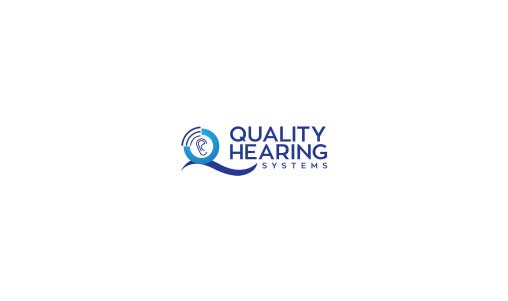It’s typical to think of hearing loss as an inescapable problem associated with aging, or, more recently, as a consequence of the younger generation’s routine use of iPods. But the numbers demonstrate that the larger problem may be exposure to loud noise at work.
In the United States, 22 million workers are exposed to potentially unsafe noise, and an approximated 242 million dollars is devoted each year on worker’s compensation claims for hearing loss, according to the National Institute for Occupational Safety and Health (NIOSH).
What’s more is that higher rates of hearing loss are found in increasingly noisier occupations, indicating that being exposed to sounds above a certain level steadily enhances your risk for developing noise-induced hearing loss later in your life.
How loud is too loud?
A study carried out by Audicus discovered that, of those who were not subjected to occupational noise levels over 90 decibels, only 9 percent struggled with noise-induced hearing loss at age 50. In comparison, construction workers, who are constantly exposed to sound levels as high as 120 decibels, suffered with noise-induced hearing loss at the age of 50 at a rate of 60 percent!
It appears that 85-90 decibels is the limit for safe sound volumes, but that’s not the entire story: the decibel scale is logarithmic, not linear. That means that as you increase the decibel level by 3 decibels, the sound level nearly doubles. So 160 decibels is not twice as loud as 80—it’s about 26 times louder!
Here’s how it breaks down: a decibel level of 0 is barely detectable, normal conversation is about 60 decibels, the limit for safety is 85-90 decibels, and the death of hearing tissue starts at 180 decibels. It’s the region between 85 and 180 that leads to noise-induced hearing loss, and as would be imagined, the jobs with increasingly louder decibel levels have progressively higher rates of hearing loss.
Hearing loss by occupation
As the following table reveals, as the decibel levels associated with each profession increase, hearing loss rates increase as well:
| Occupation | Decibel level | Incidence rates of hearing loss at age 50 |
|---|---|---|
| No noise exposure | Less than 90 decibels | 9% |
| Manufacturing | 105 decibels | 30% |
| Farming | 105 decibels | 36% |
| Construction | 120 decibels | 60% |
Any occupation with decibel levels above 90 places its workforce at risk for hearing loss, and this includes rock musicians (110 dB), Formula One drivers (135 dB), airport ground staff (140 dB), nightclub staff (110 dB), and shooting range marshalls (140 dB). In each instance, as the decibel level increases, the risk of noise-induced hearing loss grows.
Protecting your hearing
A recent US study on the prevalence of hearing loss in farming revealed that 92 percent of the US farmers surveyed were subjected to dangerous noise levels, but that only 44 percent claimed to use hearing protection equipment on a everyday basis. Factory workers, in contrast, tend to stick to to stricter hearing protection regulations, which may explain why the frequency of hearing loss is slightly lower in manufacturing than it is in farming, despite subjection to near equivalent decibel volumes.
All of the data point to one thing: the importance of protecting your hearing. If you work in a high-risk occupation, you need to take the right preventative measures. If circumventing the noise is not an option, you need to find ways to minimize the noise levels (best achieved with custom earplugs), in addition to making sure that you take routine rest breaks for your ears. Limiting both the sound volume and exposure time will reduce your chances of acquiring noise-induced hearing loss.
If you would like to investigate a hearing protection plan for your particular circumstances or job, give us a call. As hearing specialists, we can provide tailored solutions to best safeguard your hearing at work. We also offer custom earplugs that, in addition to protecting your hearing, are comfortable to wear and can maintain the natural quality of sound (in contrast to the muffled sound you hear with foam earplugs).
